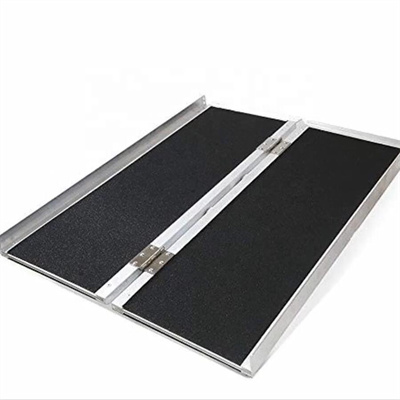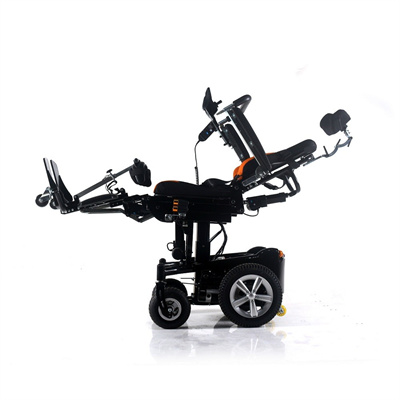1. Learn Proper Technique:
- Seek guidance from a healthcare provider or physical therapist to learn the correct crutch-walking technique.
2. Check Crutch Fit:
- Ensure your crutches are the right size. Adjust the height so that the handgrips are at hip level and your elbows are slightly bent when you hold them.
3. Weight-Bearing Instructions:
- Follow your healthcare provider’s instructions regarding weight-bearing restrictions. Some injuries may require non-weight-bearing, partial weight-bearing, or full weight-bearing on the injured leg.
4. Maintain Good Posture:
- Stand up straight when using crutches to avoid straining your neck, shoulders, and back.
5. Even Weight Distribution:
- Distribute your weight evenly between both crutches and your unaffected leg.
6. Do Not Lean on the Underarm Pads:
- Avoid putting weight on your underarms; instead, use your hands and arms to support your body weight.
7. Move Crutches Ahead:
- Place the crutches slightly ahead of you when taking a step, ensuring a stable base of support.
8. Coordination and Balance:
- Develop a coordinated rhythm when walking with crutches to maintain balance. Move one crutch forward, followed by the opposite leg, and then the other crutch and leg.
9. Avoid Slick or Uneven Surfaces:
- Be cautious when walking on slippery or uneven surfaces. Use extra care when navigating stairs or ramps.
10. Use Handrails: – When available, use handrails for added stability when climbing or descending stairs.
11. Check Crutch Tips: – Regularly inspect the crutch tips for wear and tear. Replace them if they become worn or damaged to ensure good traction.
12. Dress Appropriately: – Wear comfortable, non-slip shoes with a low heel to prevent slips and falls.
13. Carry Items Carefully: – Avoid carrying heavy objects while using crutches. Use a backpack or bag attached to the crutches if needed.
14. Rest as Needed: – Take breaks to rest if you feel fatigued. Overexertion can lead to accidents.
15. Use Accessories: – Consider using crutch accessories like crutch pads, handgrip covers, or crutch bags for added comfort and convenience.
16. Keep Surroundings Clear: – Clear pathways in your home to prevent tripping hazards like rugs, cords, or clutter.
17. Practice Falling Safely: – In case of a fall, practice how to fall safely to minimize injury. Tuck your chin, protect your head and face, and try to fall on your side or roll with the fall.
18. Get Assistance: – Don’t hesitate to ask for help if you need it. Friends or family members can assist with tasks that are difficult while using crutches.
19. Be Patient: – It may take time to get used to crutches and regain your mobility. Stay patient and persistent in your recovery.
20. Follow Medical Advice: – Always follow your healthcare provider’s instructions regarding crutch use and rehabilitation exercises.
Remember that safety is a top priority when using crutches. If you experience any pain, discomfort, or have concerns about your crutch use, consult your healthcare provider or physical therapist for guidance and adjustments.




















